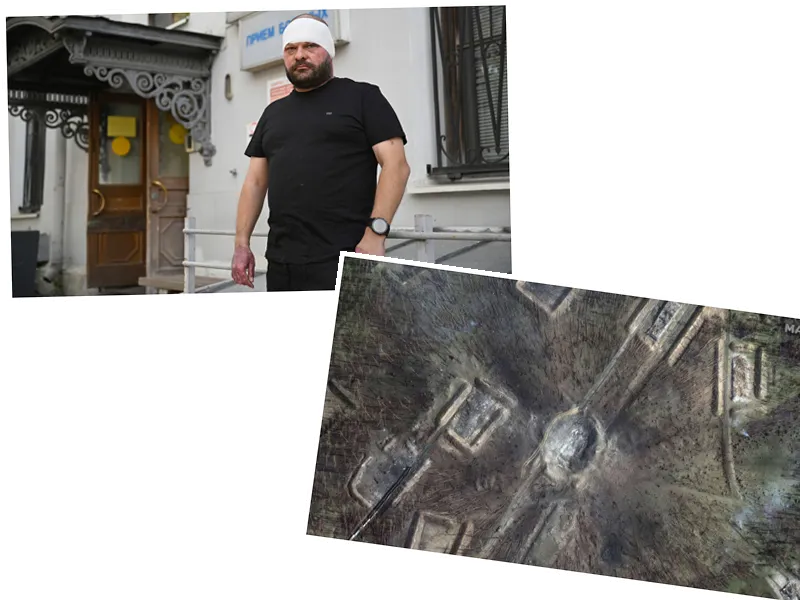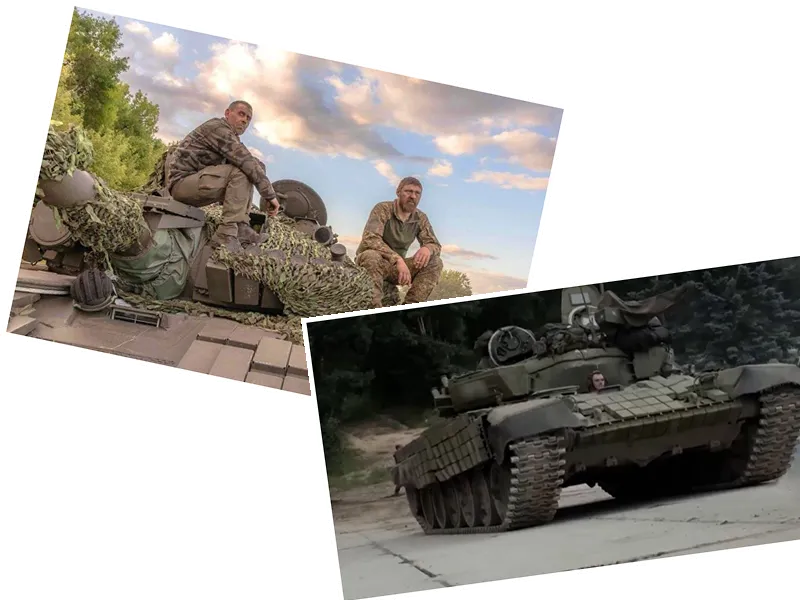In a historic escalation of the ongoing conflict between Ukraine and Russia, Ukraine has launched its largest drone attack since the beginning of the war. This unprecedented assault involved dozens of drones and four tactical missiles targeting Russian military infrastructure, particularly in the Kursk and Belgorod regions. Reports indicate that Ukrainian forces have successfully struck several military airfields, including the Savasleika air base, which is home to MiG-31K interceptors capable of downing hypersonic missiles. The Ukrainian General Staff has confirmed the attack's significance, marking it as a pivotal moment in the conflict, reminiscent of wartime offensives not seen since World War II.
As the Kursk offensive progresses, the Russian Defense Ministry claims to have repelled 117 drone attacks and destroyed multiple missiles aimed at their territory. Despite these assertions, local reports and satellite imagery suggest that Ukrainian drones have indeed managed to hit their intended targets. Meanwhile, a state of emergency has been declared in the Belgorod region, leading to the evacuation of tens of thousands of residents, with estimates suggesting that around 200,000 people have fled the affected areas.
In response to Ukraine's advances, Russian forces have intensified their attacks on eastern Ukraine, claiming significant casualties among Ukrainian troops. The situation remains dire, particularly around the city of Pokrovsk, where intense clashes have been reported. Additionally, Russian forces have attacked the port infrastructure in Odessa, further escalating tensions. As both sides prepare for continued conflict, the implications of Ukraine's offensive in Kursk could reshape the dynamics of the war, potentially affecting resource allocation across the frontlines.
Ukrainian officials have expressed intentions to establish a buffer zone in the Kursk region, aimed at protecting against further Russian aggression. This initiative includes plans for humanitarian corridors to facilitate the movement of civilians, whether towards Russia or Ukraine. The ongoing conflict continues to highlight the vulnerabilities in Russian defenses and the resilience of Ukrainian forces, as they seek to gain the upper hand in this protracted war.
- The recent drone attack marks a significant shift in Ukraine's military strategy, focusing on offensive operations deep within Russian territory. This bold move not only demonstrates Ukraine's capabilities but also serves as a morale booster for its forces amid ongoing challenges on the front lines. Observers are closely monitoring the situation to assess the potential long-term impacts of this offensive on the overall war effort.
- As the conflict evolves, the international community remains concerned about the humanitarian consequences of the ongoing violence. The large-scale evacuations in the Kursk and Belgorod regions underscore the war's toll on civilians and the urgent need for humanitarian assistance. Both Ukrainian and Russian officials are under pressure to address the needs of displaced populations as the fighting continues.






